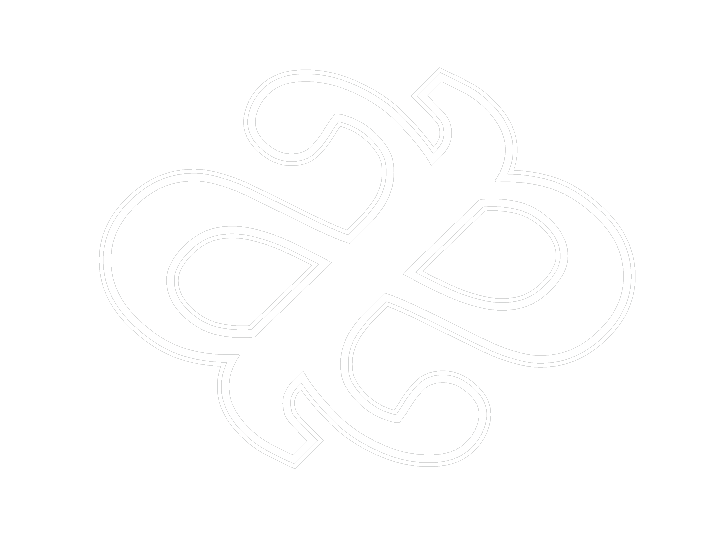Chaco Culture National Historical Park in New Mexico is a UNESCO World Heritage Site located in the remote Four Corners region near the Continental Divide on the Trails of the Ancients Byway. Chaco Canyon was home to ancestral Puebloans and contains well-preserved ruins dating between 850 and 1250 CE. The Chacoans were skilled architects and engineers. They constructed massive buildings aligned with the sun and moon and an amazing system of roads and canals within the canyon. Many archaeologists and astronomy enthusiasts believe the Chacoans had a deep understanding of astronomy. Chaco Canyon is a place where we can glimpse the wonders of an ancient culture and explore the mysteries of the cosmos.
Chaco Canyon’s fascinating astronomical history has long been a source of awe and inspiration. The Chacoans had a profound understanding of the movements of the sun, moon, and stars, and used this knowledge to track time for agriculture and ceremonial events. How did the ancestral Puebloan people track celestial movements in the sky?
The legendary Sun Dagger is a celestial calendar that tracks the sun and moon cycles using shadow and light. Located near the top of Fajada Butte, an isolated landform near the eastern entrance, three sandstone slabs shape the light on the Sun Dagger petroglyph, consisting of two spirals carved into the cliff face. Two shafts of light frame the main spiral during the winter solstice and one beam of light pierces the middle of the spiral at noon on the summer solstice. The small spiral to the left is used with the primary spiral to determine the spring or fall equinox.
The 9.25-turn primary spiral also tracks the 18.6-year lunar excursion cycle using the lunar shadow on each ring. It takes 9.25 years for the full moon closest to winter solstice to go from its maximum azimuthal north (maximum extreme) to its southernmost azimuth (minimum extreme).
Alas, the sandstone slabs shifted in 1989, perhaps due to accelerated soil erosion caused by visitors, and the Sun Dagger no longer works and is closed to visitors.
Petroglyphs in the area provide evidence of cosmic knowledge, including various spirals, a large star possibly representing a supernova in 1054 CE next to a crescent moon, and the Pueblo Bonito petroglyph depicting a spiral with an arrow and the half-circle shape of the Pueblo Bonito building. The arrow points to the noon sun alignment.
Close observers of nature, the Chacoans aligned massive buildings and roads to key points in the solar and lunar cycles. The light of a full moon fills the plaza of Pueblo Bonito, the center of the Chacoan world. Pueblo Bonito is situated straight on the east-west axis matching the equinox sun and was a complex four stories tall with more than 600 rooms. As the grandest of the great houses in Chaco Canyon, its massive size points to its spiritual power. Another great house along the east-west line is Chetro Ketl. Pueblo Alto and Tsin Kletsin are north-south aligned. Pueblo Pintado and Kin Bineola align with the full mid-winter minimum moon. Una Vida and Peñasco Blanco are on the axis with the full maximum moon.
Round structures called kivas were partially underground ceremonial chambers, varying in size with the largest capable of holding more than 400 people. Some of the doors face north, circling the North Star at night. Casa Rinconada is an isolated great kiva with a long underground passage and interior T-shaped doors along a north-south axis, and exterior doors aligned east-west.
The Great North Road is perfectly straight and is believed to be connected to the spirit world. The road is thirty feet wide, 35 miles long, and drops down Kutz Canyon. It also bisects Pueblo Bonito, uniting north and south. In myths, the North represents the point of origin for ancestral Puebloans. Other roads stretch out into the desert, up and down cliffs, leading nowhere, and were possibly used for shamanic journeys.
The massive stone complexes served as gathering places for events, ceremonies, and trading goods. Regional trade included domesticated turkeys, ceramic vessels, stone tools, and turquoise. Trade routes from California and Mexico provided seashells, macaws, copper bells, and cacao. Cacao was used in Mayan rituals, and the transference of Mesoamerican culture is shown in the traces of cacao residue on pottery sherds in Chaco Canyon. Other ritual items include animal effigies, carved flutes, and wooden staffs.
A trip to Chaco Canyon is an unforgettable experience. It is a sacred center where the above and below intersect, where the order of the sky tames the chaos on earth, and light and shadow dance. A place of pilgrimage, the landscape holds spiritual significance. Imagine being a raven flying over the canyon. The celestial pattern uniting the sun and moon across such an immense area is not found anywhere else in the world. Visitors can gaze up at the sky and be reminded of the power of nature and contemplate the mysteries the ancient ruins still hold.
Travel Tips:
Chaco Canyon lies within the San Juan Basin. Winters are cold and summers are hot. The park can only be accessed by driving on dirt roads. There is no public transportation to the park. Currently, there are no guided tours. All trails are self-guided and cell service is limited. Gallo Campground is $20 per night per campsite and reservations must be made at least three days in advance. The vehicle entrance fee is $25 and is valid for seven days. “America the Beautiful” passes are honored.
